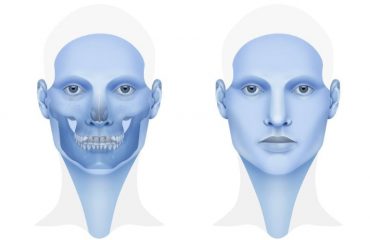
Lipedema is a rare condition characterized by abnormal accumulation of adipose tissue, usually in the lower extremities (legs and buttocks). This condition can cause painful and tender swellings that are particularly difficult to manage with diet and exercise alone. Lipedema is usually seen in women and starts especially during periods of hormonal changes (puberty, pregnancy and menopause).
Lipedema is often misdiagnosed or ignored because its symptoms are often mistaken for obesity or general weight gain. However, lipedema has a certain shape and symmetry characteristics.
How is lipedema treated?
Lipedema is usually managed with a combination of a number of treatment approaches. This condition is usually progressive and there is currently no treatment that can guarantee a complete cure. However, it is possible to manage symptoms and improve quality of life. The following methods are commonly used in the treatment of lipedema:
- Manuel Lymphatic Drainage Massage: It is a special massage technique and can help reduce swelling by enabling the lymphatic system to work more effectively.
- Compression Therapy; Compression stockings or bandages are used to reduce swelling and relieve pain.
- Surgical Interventions: In severe cases, surgical treatments such as liposuction may be used. This process involves removing excess fat from the affected areas. However, liposuction may not be a suitable option for everyone and is often considered a remedy for patients who have not responded to other treatment options.
- Emotional Support: Lipedema is a condition that can affect a person’s overall health, body image, and quality of life. Therefore, psychological or emotional support is also very important.
The treatment plan usually depends on the severity of the patient’s symptoms, general health, and lifestyle. It is important to consult with a plastic surgeon to determine an appropriate treatment plan.
Are there ways to prevent lipedema?
Since lipedema is associated with genetic and hormonal factors, there is unfortunately no definite way to avoid it completely. However, lifestyle changes and certain strategies can help manage lipedema symptoms and potentially slow the progression of the condition. Below are some of these strategies:
- Healthy and Balanced Diet: Adopting a healthy and balanced diet can improve overall health and help reduce fat accumulation. Especially avoiding salty and processed foods can reduce water retention in the body.
- Exercise: Engaging in especially exercises that promote lymphatic drainage, can keep the lymphatic system working properly and support weight control. Low-impact activities such as swimming, walking, pilates, and yoga are often recommended.
- Compression Therapy: Wearing compression stockings or bandages can reduce swelling and pain, especially if you have to stand or travel for long periods of time.
- Regular Medical Check-ups and Early Diagnosis: If you have risk factors for lipedema (for example, if you have a family history of lipedema), regular medical check-ups and early diagnosis are important.
- Stress Management: Stress can aggravate various health problems, therefore stress management strategies may also be beneficial. This may include meditation, yoga, breathing techniques, or other relaxation methods.
- Smoking and Excessive Alcohol Consumption: Such unwelcome habits can negatively affect your overall health and worsen lipedema symptoms.
Despite the recommendations above, it’s important to talk to a healthcare professional if you notice symptoms. Lipedema is a condition that is often difficult to diagnose and often overlooked, so it’s crucial to see a specialist if you have symptoms.





You must be logged in to post a comment.